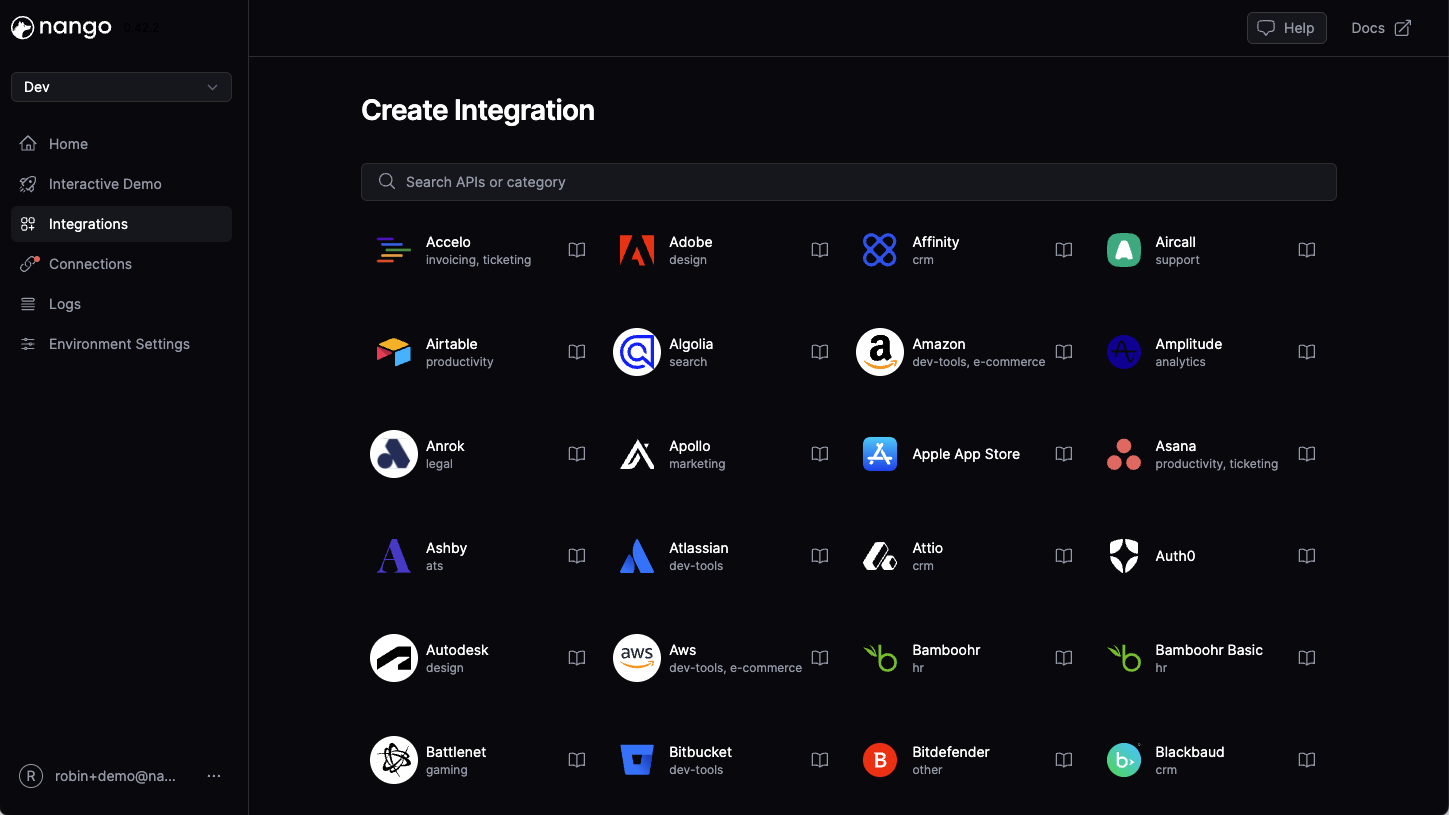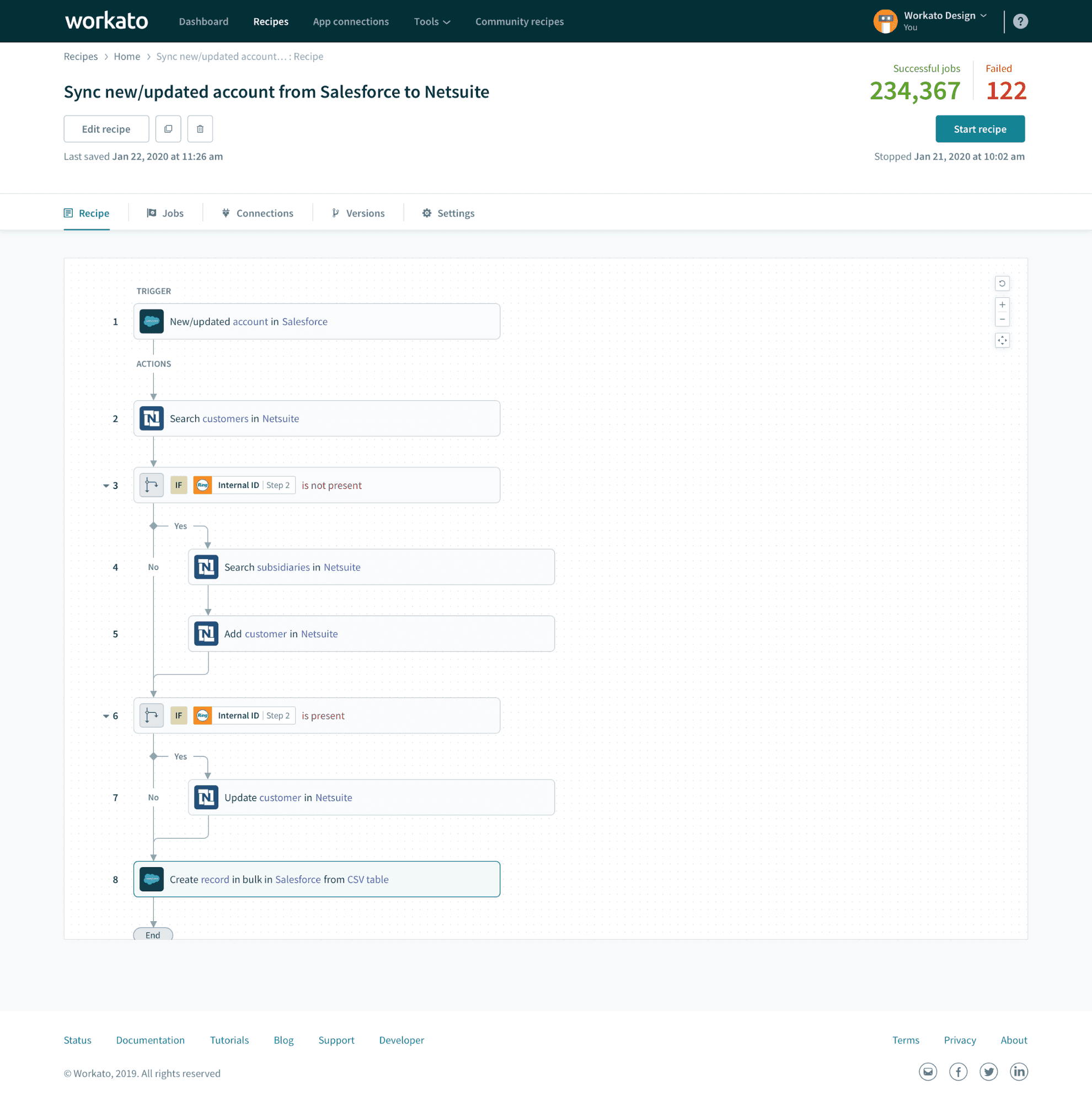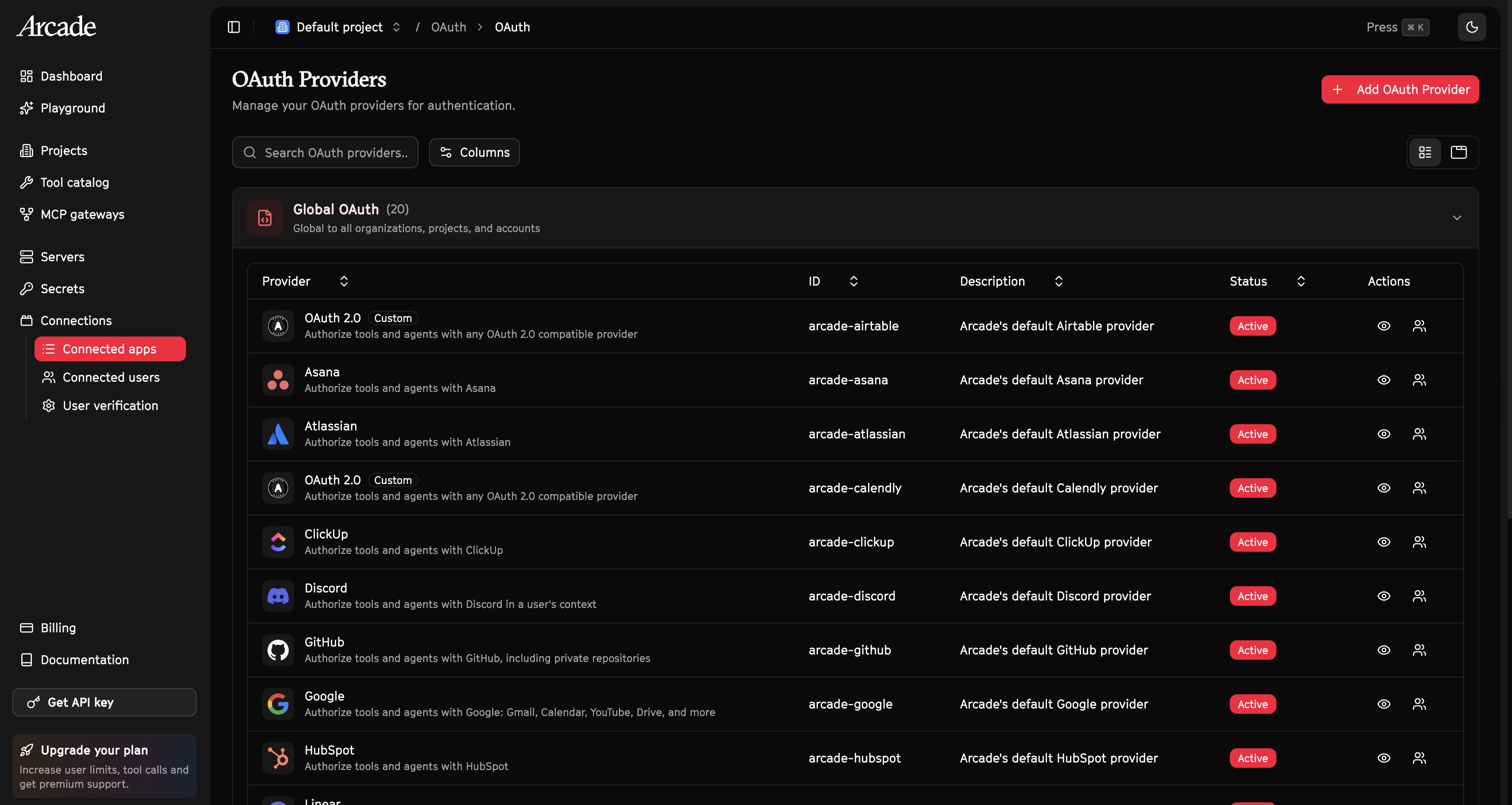Best Pipedream Connect Alternatives for AI Integrations in 2025
Compare the top alternatives to Pipedream Connect for AI agent integrations, with detailed pros and cons.
Pipedream Connect is the embedded product of the popular automation platform Pipedream.
While Pipedream's large catalog of integrations can look enticing at first glance, the product was never built for embedded integrations. This surfaces with unexpected complexities when using the product for agent tool calls.
This post analyzes three popular alternatives that could be a better fit for your AI agent integrations.
Drawbacks of Pipedream Connect for AI Integrations
Pipedream was built as a low-code internal automation platform.
This shows in the design of their connectors and actions, which are built for use in human-in-the-loop interfaces rather than AI agents.
Complex Configuration Requirements
You cannot simply call actions in Pipedream Connect. Instead, you must first "configure" an action with complex options that require 2-5 API requests. This increases latency and often requires human decisions before you can execute requests. This may be problematic if your agent is supposed to run as a background automation.
Non-Standard Schemas and Types
Instead of using standard JSON schemas, Pipedream has created their own schema for action inputs with non-standard data types like "Alert props" (opens user alerts), "external props" (loads config options from external APIs), and "dynamic props" (expresses dependencies between properties). This creates a steep learning curve and limits compatibility with other tooling.
Limited Development Workflow Support
Pipedream only supports two environments (dev & prod), with a hard cap of 10 users on the dev environment. This makes it difficult to test integrations thoroughly and may force you to change your development workflow to fit Pipedream's model.
No White-Label Authentication
The authentication experience is not white-label. Users always see Pipedream branding and are asked to consent to Pipedream's access to process their data. This can be problematic when serving enterprise customers who expect your brand throughout the integration experience.
Limited Observability
Since Pipedream was created for internal automations, its observability is very limited. You cannot see all details of the underlying API requests, and some operations don't show up in logs at all. This makes it difficult to debug problems with your integrations in production.
At first glance, the large catalog of supported APIs and pre-built actions can make Pipedream Connect look like an enticing option for integrations in your AI agents. But the limitations above can make it harder than expected to use Pipedream for reliable integrations in production.
Best Pipedream Connect Alternatives
We've analyzed the three most popular alternatives for AI integrations.
Nango
Nango helps engineers build integrations for their AI agents and SaaS products.
It gives you infrastructure tools like API authentication, tool creation, webhooks, per-customer config, and realtime logs.
Instead of relying on fixed templates, you can design integrations that fit your needs.
Nango works for more than just tool calls. It also handles 2-way data syncs, unified APIs, webhook forwarding, and more. This lets you build both, agent tool calls and deterministic integrations, on a single platform.
Nango supports over 500 APIs out of the box. It is trusted by hundreds of fast-growing AI companies.

Key Features
- White-label authentication across 500+ APIs: Includes a plug-and-play UI, advanced capabilities like custom credential validation, and helpful guides for end users
- Highly scalable infrastructure: Nango introduces less than 100ms latency to tool calls, automatically scales workloads, and isolates each customer's executions for optimal performance and security
- Fits within your codebase: Tool definitions live in your git repository. You can use any code editor or AI coding assistant to build integrations
- Comprehensive, real-time logging: Each action in Nango generates detailed logs, supports full-text search, and can be exported with OpenTelemetry. You can add your own log messages within tools
- Enterprise-grade compliance: SOC 2 type II, GDPR, and HIPAA compliant, plus options for enterprise self-hosting
Key Differences to Pipedream Connect
Compared to Pipedream Connect, Nango offers better developer experience, scalability, and more control:
- Improved developer experience: Nango was designed for native product integrations. Its developer tooling builds on modern standards (e.g., end-to-end type safety with JSON schema), fits any workflow with unlimited environments, and includes tooling for AI-assisted integration building
- White-label API auth: Nango's auth is fully white-label, which is crucial for serving enterprise customers. It includes advanced features like custom credentials validation and end-user guides that improve UX
- Deeper observability: Nango logs every external API request in detail, including headers and error messages. All operations in Nango can include custom log messages and get exported as traces with OpenTelemetry
When Should You Pick Nango Over Pipedream Connect?
You should consider Nango over Pipedream Connect if:
- Integrations are central to your product: Nango's enhanced control, flexibility, and transparency are particularly valuable when integrations are a core part of your offering
- A good DX is important for you: Nango works with almost any development workflow, while Pipedream Connect is highly opinionated about your deployment workflows
- Advanced integrations: For products that also need data synchronization, per-customer config, webhooks, or unified APIs, Nango brings these capabilities together in one platform
- Enterprise self-hosting: If your organization needs strict compliance and prefers to host the solution internally, Nango provides enterprise-grade self-hosting options
Workato
Workato provides a solution for AI agents known as "Workato Enterprise MCP." With this product, you can make "collections of recipes" (bundles of pre-designed workflows) available to AI agents through an MCP server.
Each server allows administrators to set access permissions, define metadata, and set up authentication requirements.

Key Features
- Numerous pre-built MCP servers: Workato comes with over 100 ready-to-use MCP servers included
- Extensive auditing: The platform logs detailed data about every tool execution, making it straightforward to monitor for suspicious or problematic activity
- Agent builder platform: Workato includes an agent builder platform that integrates directly with Enterprise MCP
Key Differences to Pipedream Connect
- Internal use-cases: Both platforms provide MCP servers designed for tool calling in internal or personal use scenarios
- Low-code workflow builder: Both offer workflow configuration via a low-code editor. Pipedream Connect also allows for custom tool definitions in code
- Catalog of pre-built tools: Each solution maintains a collection of pre-made tools and lets users create custom tools as needed
When Should You Pick Workato Instead of Pipedream Connect?
- Current Workato users: If your organization already relies on Workato, consolidating on a single platform may be advantageous
- Enterprise readiness: Workato is a mature company with significant funding and strong presence in large enterprises
- Internal integration focus: If your AI agent integrations are mainly for employees within your company, Workato's offering may be especially well-suited
Arcade
Arcade is a platform built specifically for agent tool calling. Like Pipedream Connect, it includes a library of pre-built tools spanning several API categories, and also offers an SDK for developers who need to build custom tools.

Key Features
- Tool execution engine: Arcade features a dedicated runtime for executing all tool calls, using the MCP protocol
- Pre-built tool library: At present, Arcade provides a catalog of pre-made tools, covering 21 APIs
- SDK for custom MCP servers: Developers can leverage Arcade's SDK to develop both custom tools and their own MCP servers running on the Arcade platform
- Community-driven contributions: Arcade enables any community member to submit MCP servers that other users can easily add to their deployments
Key Differences to Pipedream Connect
- Focused on AI agent integrations: Arcade's platform was built exclusively for AI agent tool calls. Pipedream Connect was built for internal automations and only later adapted for agent tool calling
- Full-featured testing: Arcade supports robust test scenario creation, letting you assess and score your AI agents' use of tools—helpful for defining and running tool evaluations
- Permission automation: Arcade will check end-user permissions ahead of tool execution, automatically prompting for additional authorizations if required
When Should You Pick Arcade Instead of Pipedream Connect?
- Advanced tool calling features: If you need advanced tool calling features such as automatic user permission checks, Arcade might be a better solution
- Advanced, custom MCP servers: For teams aiming for deep customization of MCP servers, Arcade supplies more advanced options than Pipedream Connect
- Proven team experience: The Arcade founders have a background in authentication (previously at Okta), which may provide added confidence in security and reliability
Final Thoughts
Choosing the right platform for your AI agent integrations is crucial for building reliable and scalable AI applications. While Pipedream Connect offers a quick way to get started with many pre-built integrations, its limitations around configuration complexity, observability, and white-labeling may become problematic as your product grows.
Nango provides the most comprehensive solution for teams building AI agents that need deep integrations and full control over their tooling. Workato brings enterprise-grade capabilities for organizations already invested in their ecosystem. Arcade offers specialized AI agent tool calling capabilities with advanced testing and permission management.
The key is to evaluate your specific needs around tool customization, observability requirements, and long-term scalability to make the right choice for your AI agent infrastructure. For more insights on AI agent authentication platforms, check out our comprehensive guide to AI agent authentication platforms, and for alternatives to other popular platforms, see our Composio alternatives analysis. For a broader comparison of agent platforms, see our best AI agent integration platforms.


.png)


